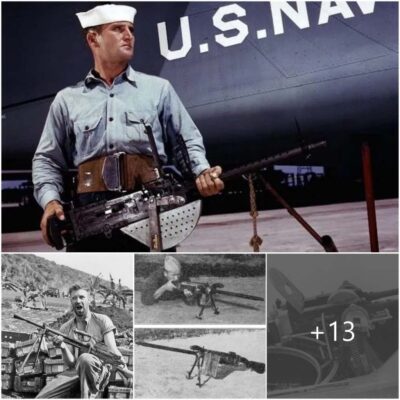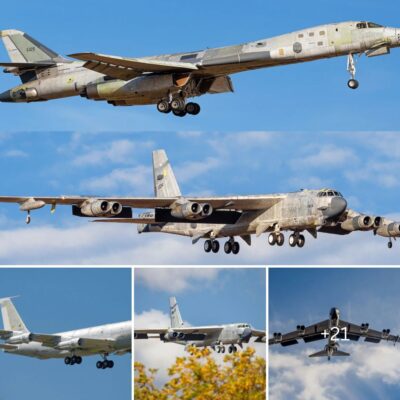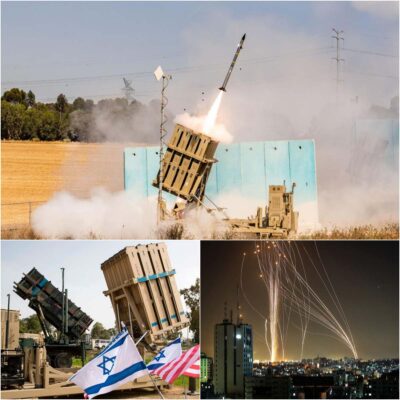On Jul. 20, 2012, a huge USAF C-17 Globemaster III bound for MacDill AFB in Tampa, Florida, landed a tad early at Peter O Knight (KTPF) general aviation airport, a small general aviation airport five miles of MacDill and directly under its flight path.
‘Both runways have headings of 220 degrees. Both were situated on peninsulas jutting out into Tampa Bay,’ Cameron Beck, an aircraft and glider pilot, recalls on Quora.

‘The C-17, however, was used to comfortable 11000′+ runways. The small airport’s runway was 3405.′ Disaster loomed.
‘Nearby residents heard the scream of the C-17 desperately applying maximum thrust reverse. Looking out their windows, it seemed certain the mammoth sharkskin gray cargo plane would plunge off the end of the runway and into Tampa Bay.
‘But the pilot, demonstrating better landing skills than navigational, was able to bring his plane to a stop within ten feet of the runway’s end. Putting aside everything else, this pilot’s ability to bring the 200-ton C-17 to a safe landing on 3400′ of runway was remarkable—especially considering he thought he had 11000′ of runway ahead.’
Beck continues;
‘Eyewitness Sven Williams recalls on Quora: “Ha! I was riding my motorcycle on Davis Island that day when it happened. I was dumbfounded to see a C-17 on the runway at the little municipal airport there. :)”

This print is available in multiple sizes from AircraftProfilePrints.com – CLICK HERE TO GET YOURS. C-17A Globemaster III 60th Air Mobility Wing / 349th Air Mobility Wing, 21st Airlift Squadron, 06-6160 – Travis AFB, CA
‘The crew were relieved of duty and sent to MacDill for testing.
‘There is no question that crew fatigue was the culprit here. The official Air Force report states that in the days prior, this crew “flew into complex airfields, dealt with multiple mission changes and flew long mission legs with several stops each day.”

‘The flight in question originated in Rome, Italy and was assigned only one hour before flight time. It was a grueling, 12-hour flight, through six time zones, and included an in-flight re-fueling, never an easy bit of business.
‘Given all these factors, the pilot and copilot were not operating at full mental capacity. The Air Force medical staff found that the pilot was acting at a 79 percent cognitive effectiveness and the copilot 89 percent.
‘A new crew took command of the C-17.’
Beck concludes;
‘The landing occurred on a Friday afternoon and the C-17 became an instant tourist attraction. Her cargo was off-loaded and the plane backed, via her thrust reverse, to the other end of the runway. After sufficient fuel was burnt off, the engines were brought up to full “military power.” As the crowd held their breath, she began her take-off roll.
‘Here’s what happened:’











